Selecting the right clothing texture to match your body shape and hair.
Similarly to lines & patterns, textures can be used to shape shift or camouflage and create an illusion of body size. The texture’s scale that you wear should be in relation to your body size.
Here are six things to consider when it comes to wearing texture:
1. Text Features
Examples: Logos & words on clothing
Key points:
- Good: A petite body can be emphasized by a large scale text
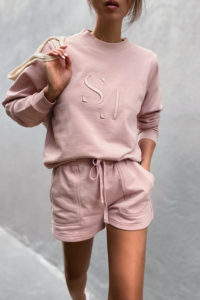
- A small body can get lost in large or repeated text features.
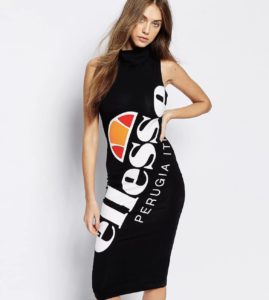
- Text features can add weight to someone heavier because the repetition of the size
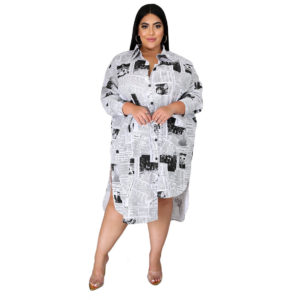
2. Soft & Clingy Fabric
Examples: Silk, velvet
Key points:
- Shows every contour of your body
- Can reveal body irregularities
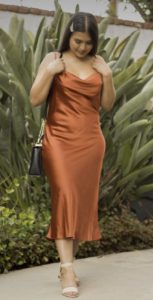
3. Stiff & Bulky Fabric
Examples: Jean, wool
Key points:
- Good: Can add volume to someone tall & slender
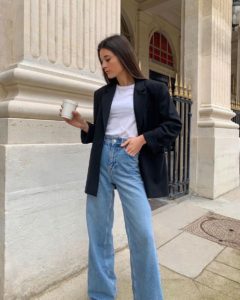
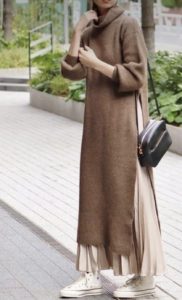
- Can add weight to someone heavier

4. Shiny Fabric
Examples: Silk, satin, velvet, leather
Key points:
- Reflects light
- The fabric color is intensified by the shine when light hits it
- Can make a person appear larger
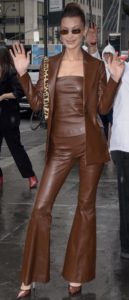
5. Dull Fabric
Examples: Yarn, boucle, wool
Key points:
- Absorbs light
- Does not enlarge the body
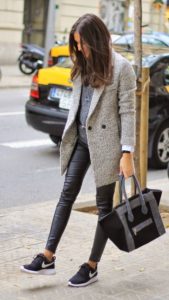
6. Hair Texture
Key points:
- Smooth fabric goes with smooth hair
- Fine hair matches best with fine fabrics such as satin, organdy, polished cotton & silk
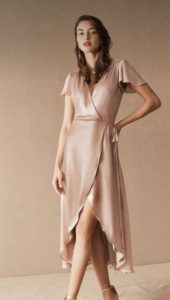
- Coarse fabric goes with coarse hair
- Coarse hair matches best with coarse fabric such as fur, leather, & felt
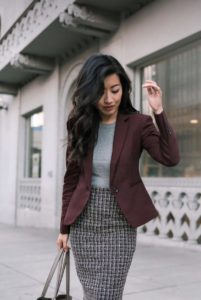
For more examples including a video, visit my Instagram page!
Comment below! Did you know any of this?
